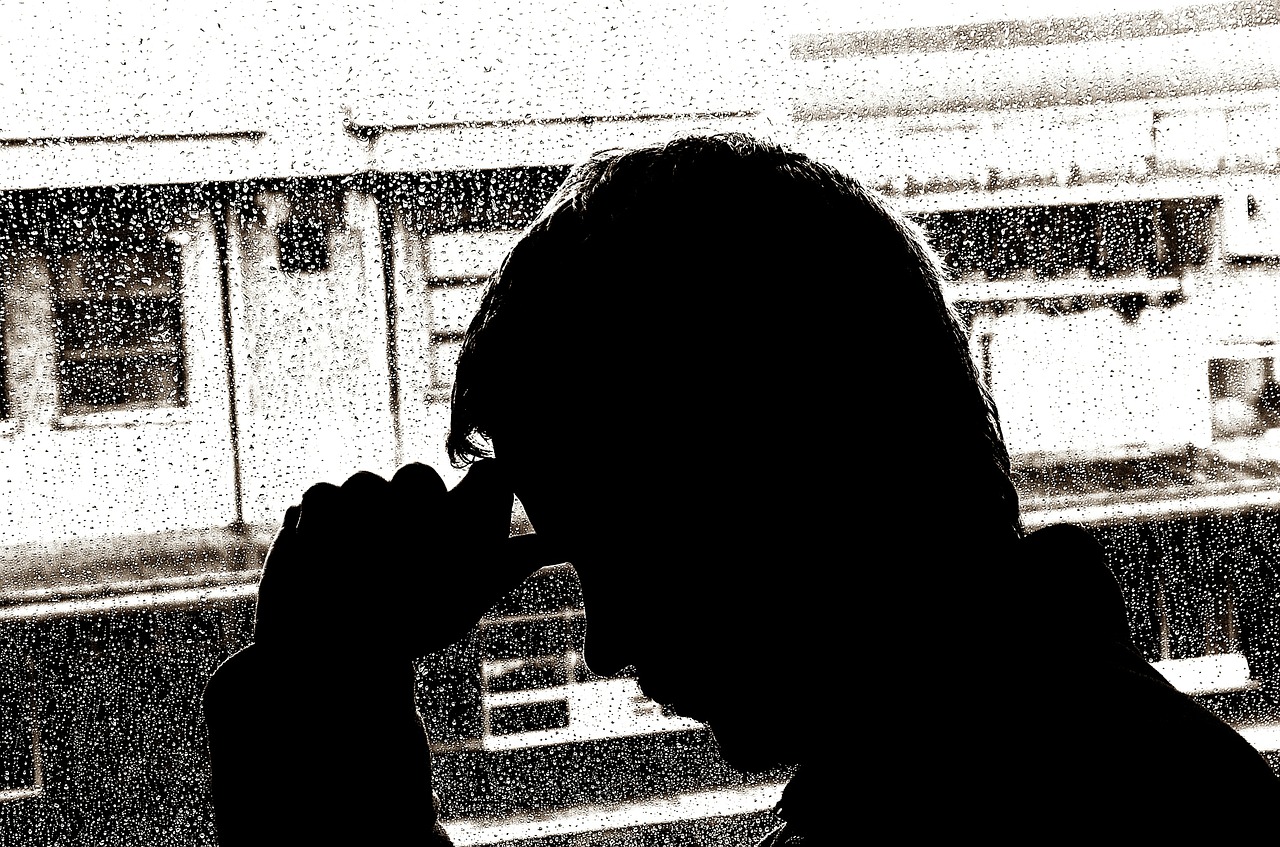When the seasons change and we turn the clocks back, there is more to consider than just the shifting weather. As it turns out, the waning daylight can have an impact on our health. If you get the winter blues, you’re not alone – the condition is called Seasonal Affective Disorder, and it’s a very real occurrence.
What is Seasonal Affective Disorder (SAD)?
Seasonal Affective Disorder is technically a type of depression, and it is directly tied into the changing of the seasons. It typically begins in the fall and continues through the winter, although it is not unheard of for it to occur in the spring as well. SAD can result in depressive episodes and have a negative impact on everyday life (“Seasonal Affective Disorder (SAD),” 2017).
In order for an accurate diagnosis to be made, patients must have experienced major depression coinciding with specific seasons for at least two years, according to the National Institute of Mental Health (“Seasonal Affective Disorder,” 2017).
How Would I Know If I Have SAD?

Some of the symptoms of SAD may present themselves as general depression – lacking interest and enjoyment in everyday activities. Low energy is another symptom, as well as general issues surrounding sleep. Individuals with SAD may also experience changes in their weight or appetite, feel sluggish, hopeless or have thoughts of death or suicide.
Am I At Risk For SAD?
There are a few known risk factors for SAD. For example, females are four times more likely to experience it than men. Living far from the equator can also impact whether or not you experience SAD. In general, those with bipolar disorder or depression are more likely to experience depressive symptoms when the seasons change.
Biologically speaking, experts believe that people with SAD often have trouble regulating serotonin, which is essential to regulating mood. People who are diagnosed with the condition also often overproduce melatonin. This hormone is responsible for regulating sleep.
What Happens If I Have SAD?
A medical professional can help you determine if you have SAD. In the event that you are diagnosed with the condition, there are several treatment options available to you. Selective Serotonin Reuptake Inhibitors (SSRIs) may be prescribed to help you combat symptoms of the condition. Light therapy through the use of light boxes, which mimic sunlight, may also be recommended. Psychotherapy and vitamin D are additional options, and it may turn out to be a combination of these treatments that works for you.
